|
|
|
 |

Lecture Handout
General Biology 2018
General Biology is an basic subject for life science, and is also a
compulsory subject in Department of Marine Biotechnology and Resources. In
the class, five parts will be introduced for the fresh men in the
department, including the Chemistry in Biology, Cell and Genetic
inheritance, Phytology, Zoology, and Evolution.
TextBook: Campbell Biology,
A Global Approach 11e (2016), Pearson Publisher
Introduction to Traditional
Medicine from the Sea (2011)
Marine drugs is one important part of natural medicinal products. Abundant
diversity of marine organisms is the treasure resources of novel natural
products. In the class, I will introduce the basic knowledge on the
principles of traditional Chinese medicine, further development and
combination with modern medicine.
TextBook:
中藥學概論,
張永勳、何玉玲、黃世勳, 文興出版 (2008); 功能海洋生物分子, 譚仁祥等編著,
科學出版社 (2006).
Handout:
Note for Seminar in DMBR/NSYSU
How to make a presentation
Natural Products Chemistry
In contrary to primary
metabolites, secondary metabolites, also named as natural products, are
those chemical compounds of metabolism that are not essential for normal
growth, development or reproduction of an organism. These secondary
metabolites exactly play an important role in life. The function or
importance of these metabolites to the organism's development in ecological
nature is well-established to be defense against predators, for interspecies
competition, and to facilitate the reproductive processes. Secondary
metabolites also present multifunctions in the bodies of life organism, such
as the signal transmitter. The absence, deficiency or excessive amount of
these secondary metabolites would make our organs dysfunctions. For example,
Alzheimer disease is relative to the absence of dopamine.
Plant secondary metabolites are of tremendous importance, both for the plant
itself (for plant-environment interactions) and for humans due to their
biological activities that can have therapeutic value. As we know, plants
have a long history of use in the treatment of human disease. One of the
famous examples is traditional Chinese medicine (TCM), the quintessence of
herb material medics that Chinese people have been used for centuries. Now,
the botanical extracts of TCM have been regarded as a source of new and
useful pharmaceutical. Many bioactive components have been identified from
these herb materials under the effort of natural product chemists. They are
also regarded as a target for synthetic organic chemists that can produce
these molecules in vitro on larger scales.
The class should be taken by the
students who has learned gerenal chemistry, organic chemistry, and
biochemistry. In the class, I will introduce the chemical and pharmaceutical
properties of the bioactive components from natural sources. Based on the
learning, students will understand what natural products chemistry is, and
how to apply bioactive natural products in pharmaceutical and cosmeceutical
industries.
Books:Medicinal
Natural Products A Biosynthetic Approach 3rd Edition, by Paul M Dewick, John
Wiley & Sons Ltd (2009).
Handout for undergraduate students:
Appendix of the
Lecture
Vitamins:
P, E, K, A, D, Bs, and C
Antibiotics:
macrolides, tetracyclins, anthracyclines, Chloramphenicol....
Books:Natural product Chemistry 2nd Version by Kurt B. G. Torssell
Apotekarsocieteten-Swedish Pharmaceutical Society, Swedish Pharmaceutical
Press (1997).
Handout for graduate students:
|
|
|
|
|
Lecture
4 |
Lecture
5 |
Lecture
6 |
|
|
|
|
|
Lecture
7 |
Lecture
8 |
Lecture
9 |
Pharmacognosy
Pharmacognosy is derived from Greek
prefix “Pharmakon” and “gnosis”, which means the knowledge about the
medicinal materials. The American Society of Pharmacognosy defines
pharmacognosy as "the study of the physical, chemical,
biochemical and biological properties of drugs, drug substances or potential
drugs or drug substances of natural origin as well as the search for new
drugs from natural sources." Since the beginning of the 20th century,
"pharmacognosy" was used to define the branch of medicine sciences to deal
with drugs in their crude, or unprepared, form. Till now, pharmacognosy
becomes an interdisciplinary course, including botany, ethnobotany, marine
biology, microbiology, herbal medicine, chemistry (phytochemistry),
pharmacology and pharmacy practice. More importantly, during the period of
time, many chemists and biochemists devoted themselves to the identification
of principles of the medicinal materials, which were used to treat human
diseases. These studies of chemicals derived from plants, micro-organisms,
and even animals discover many new drug candidates derived from natural
sources. More than one half of the drugs used in modern medicine are of
botanical or natural origin. However, only about 10% of the plants and only
1% of the marine organisms have been properly studied. Therefore, natural
products in pharmacognosy can enrich the drug therapy compendia with new
safe and effective drugs.
Books:Pharmacognosy and Pharmacobiotechnology by James E.
Robbers, Marilyn K. Speedie, Varro E. Tyler, Lippincott Williams & Wilkins
Publisher (January 1996)
Handout:
|
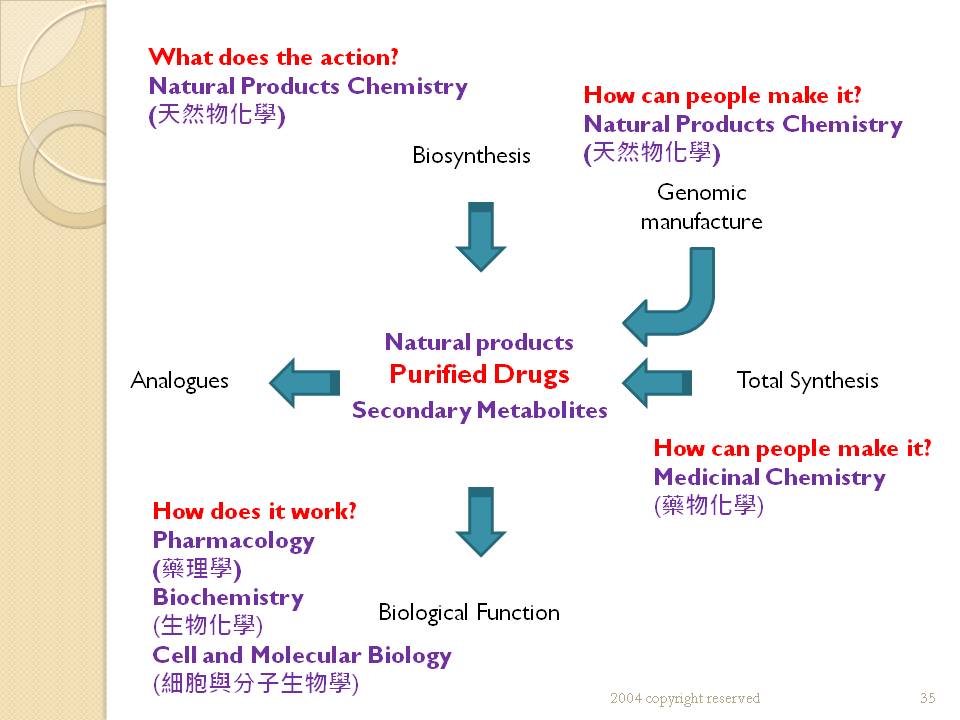 |
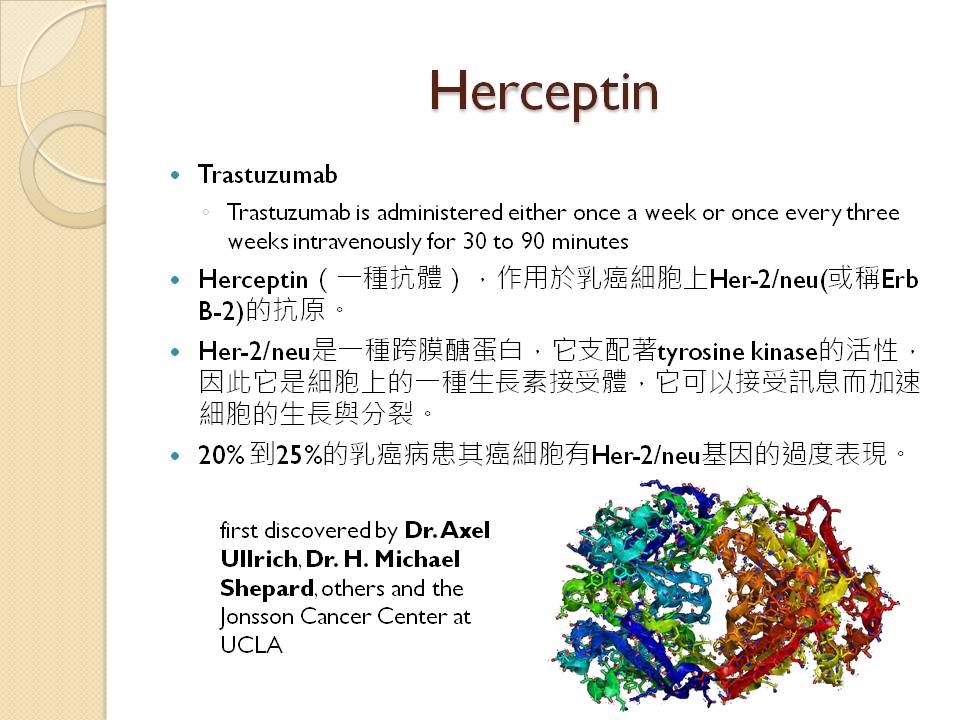 |
 |
|
Lecture
1
Introduction to Pharmacognosy
2024, 0227
upload |
Lecture 2
Pharmaco-biotechnology
2010, 0310
renew |
Lecture 3
Complex Polysaccharides
2024, 0227
renew |
|
 |
 |
 |
|
Lecture 4
Glycosides
P1 Glycosides P2
Glycosides P3
2024, 0311 renew
2024, 0318 renew |
Lecture 5
Lipids
2024, 0325 renew |
Lecture 6
Terpenoids
Resin
2024, 0415 renew
2024, 0515 renew
|
|
 |
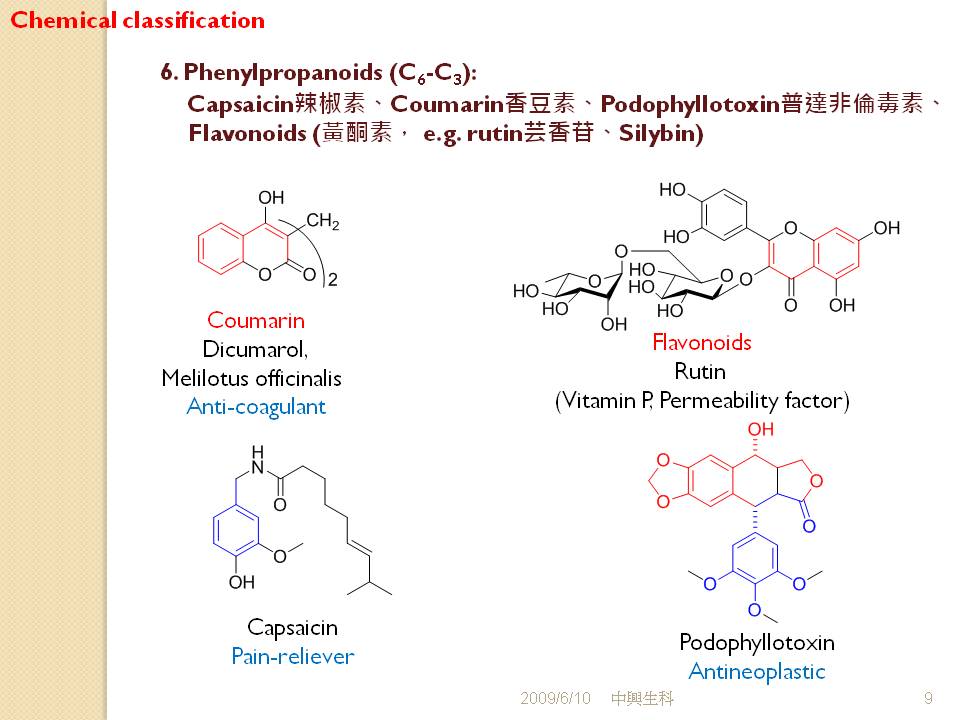 |
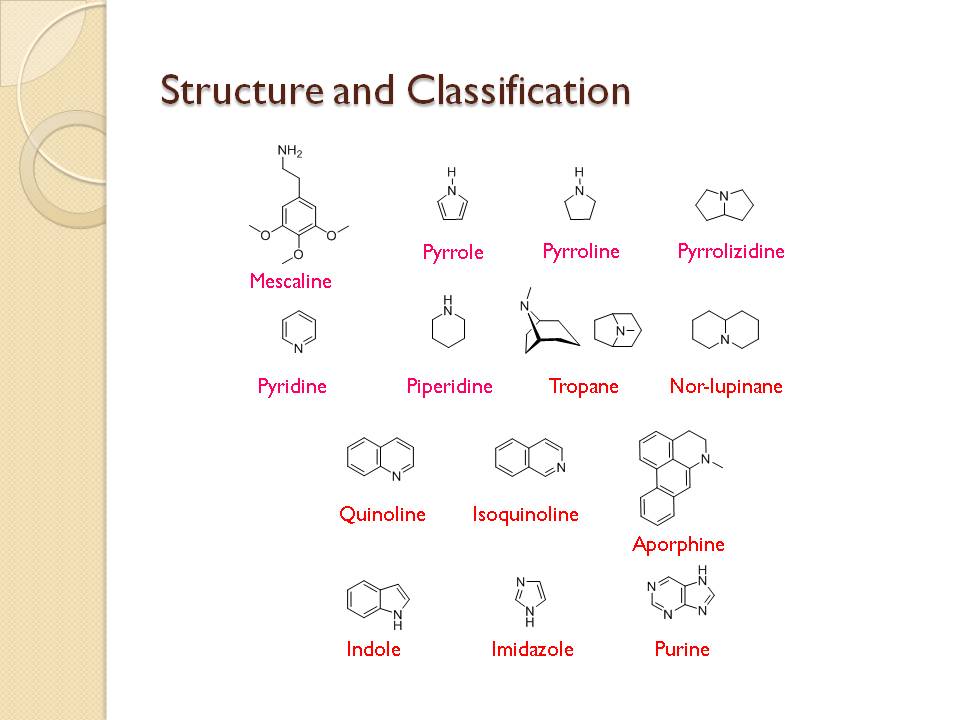 |
|
Lecture 7
Steroids
2024, 0515
renew |
Lecture 8
Phenyl-propanoids
2024, 0601 renew |
Lecture 9
Alkaloids
PI
Alkaloids
PII
2020, 0425
renew |
|
 |
 |
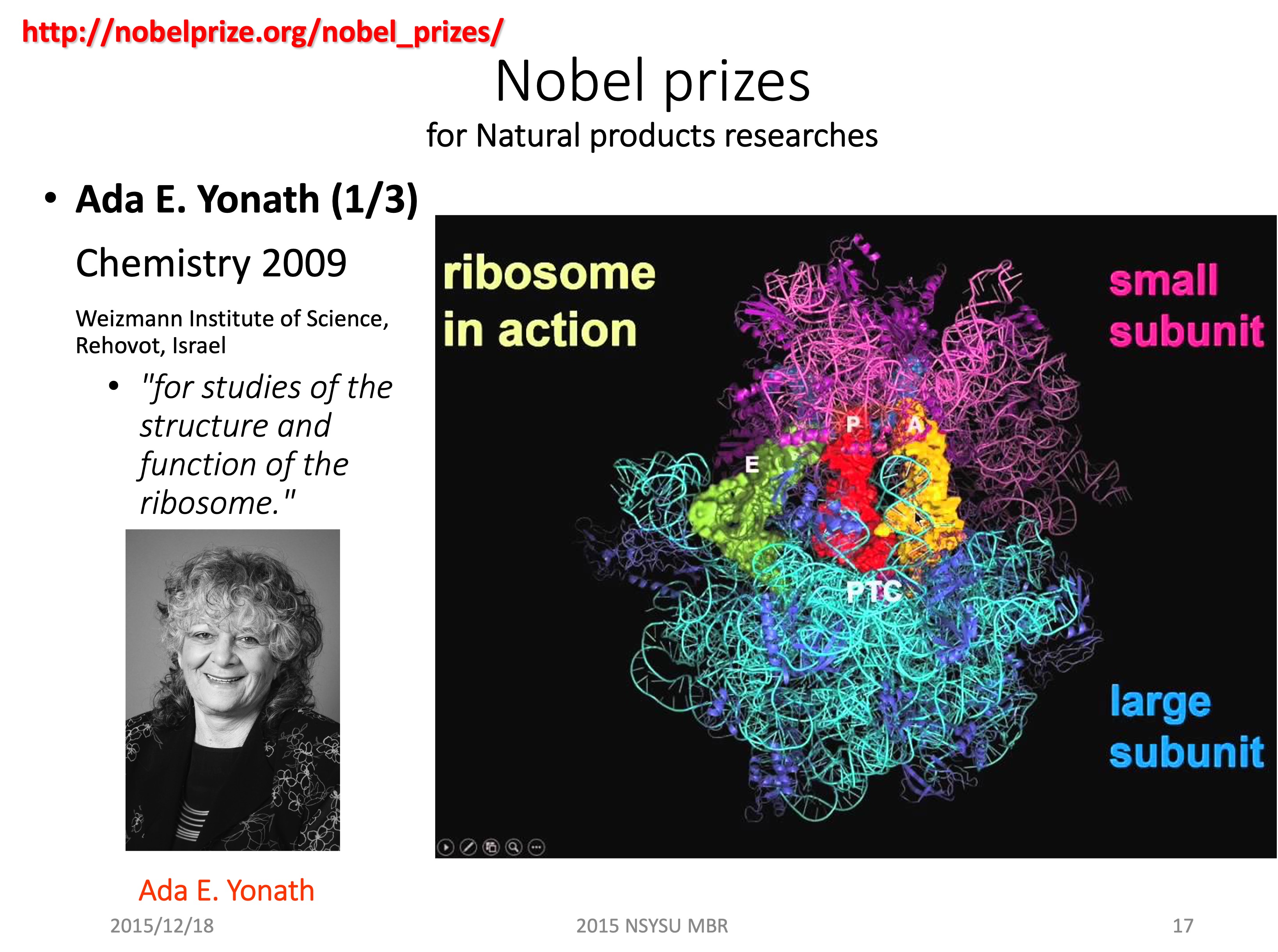 |
|
Lecture 10
Alkaloids
PIII
Alkaloids IV
2020, 0425
renew |
Lecture 11
Antibiotics
PI
2023, 0508 renew |
Lecture 12
Antibiotics PII
2023, 0508 renew |
Supporting Information
|
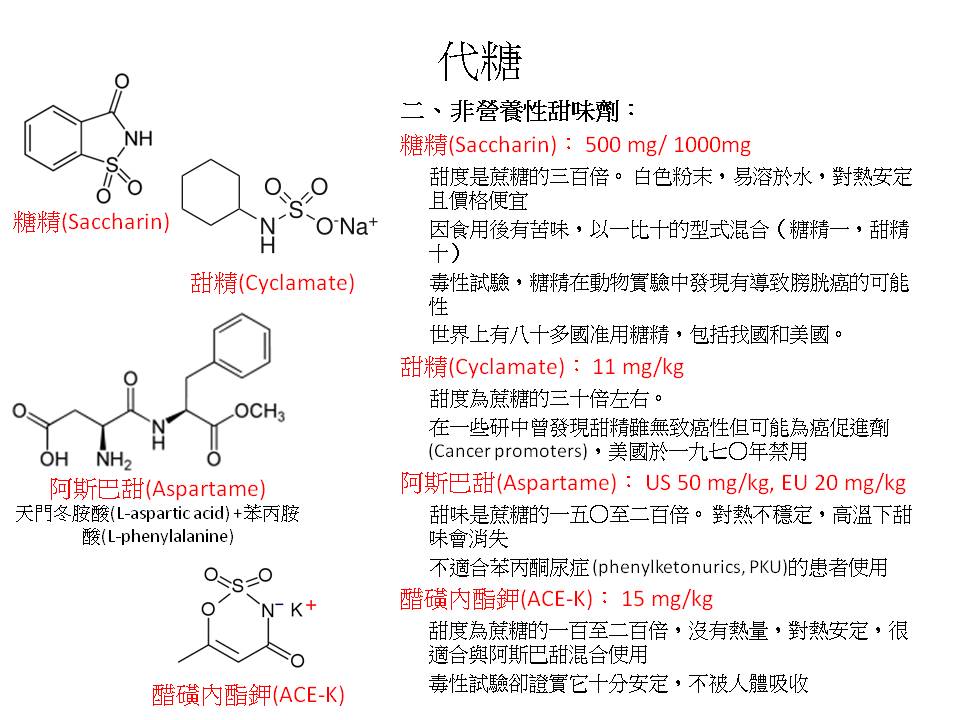 |
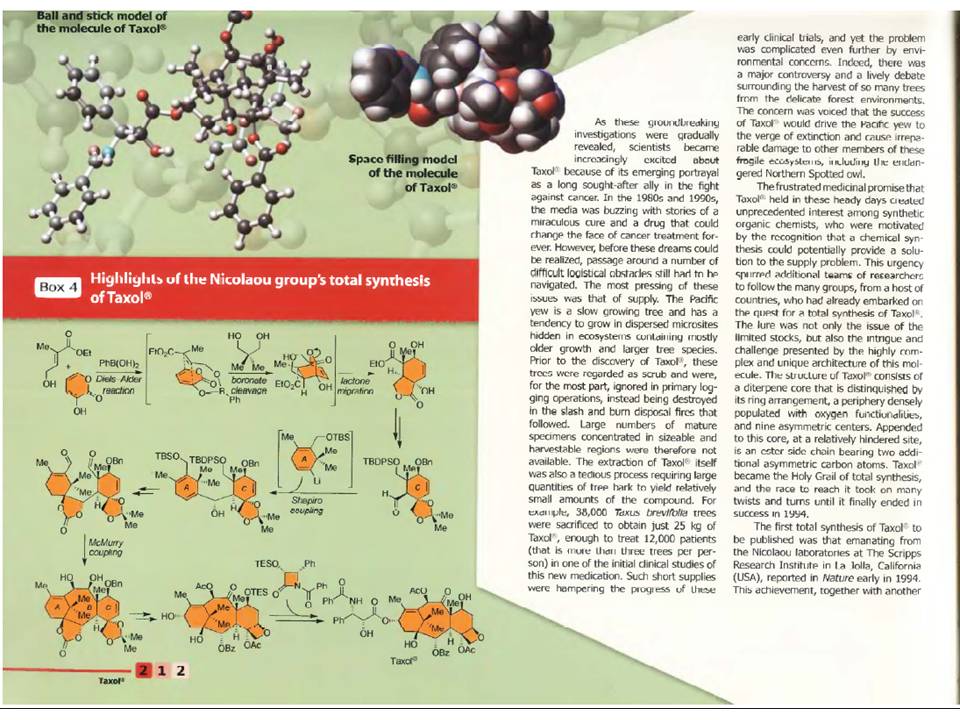 |
|
|
Supporting
info
sugar substitutes
2010, 0323 upload |
Lecture 8
Antitumor
Natural Drugs |
|
Spectroscopy:
Nuclear
Magnetic Resonances
Mass
Mass is one of the
sensitive tools in the modern chemical analysis. It is applied in the fields
of food/drug safety, drug discovery and biological chemistry. Students in
the fields of chemistry and life sciences should be have full knowloges
about the development and application of Mass technology, which will help
them to do a good job on the fields mentioned above.
Books:Spectrometric identification of organic compounds by Robert M.
Silverstein, Francis X. Webster (2005).
Handout:
Biochemistry
Books:Biochemistry,
Mathews, Christopher K./ Van Holde, K. E./ Appling, Dean R./ Anthony-cahill,
Spencer J., Pearson Publisher(2012).
Handout:
Introduction to Marine
Resources
Books:Discovery and Application of Functional Marine Molecules,
1st edition by R. X. Tan, (science express, Peijing, 2007).
Handout:
Introduction to Marine
Chemcial Biology (2011)
Textbook:
Essentials of Chemical Biology- Structure and Dynamics of Biological
Macromolecules, by Andrew Miller, John
Wiley & Sons Ltd (2008)
Handout:
Marine Natural Products (2011)
Textbook:
Natural Product Chemistry,
by Kurt B. G. Torssell,
Swedish Pharmaceutical
Press (1997)
Handout:
|
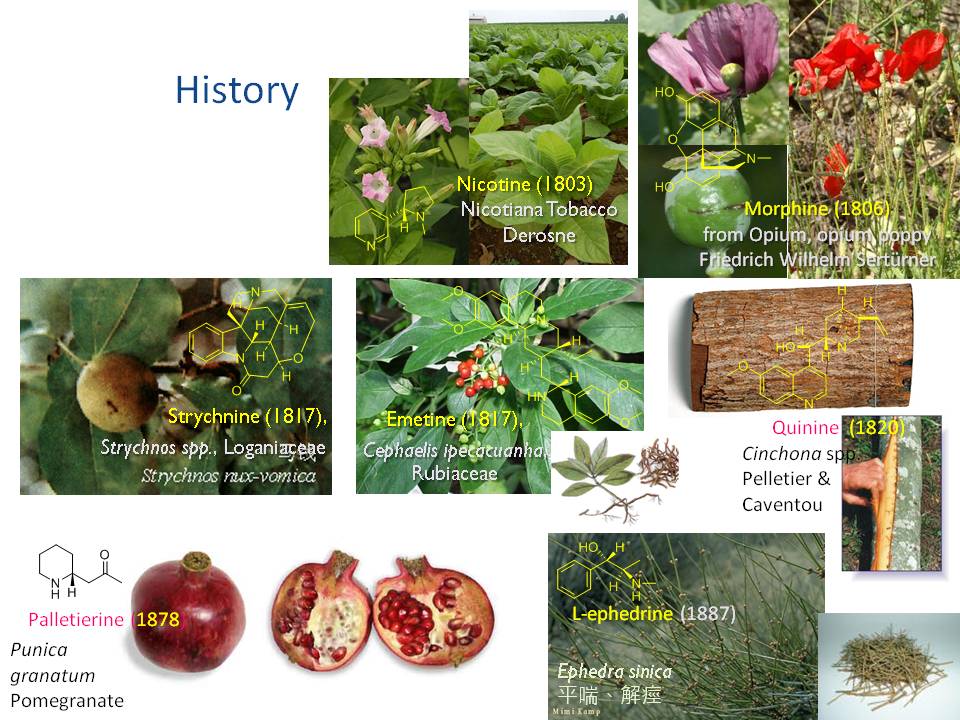 |
|
|
|
Lecture
5
Alkaloids
2011, 0603 upload |
Lecture
6 |
Lecture
7 |
|
 |